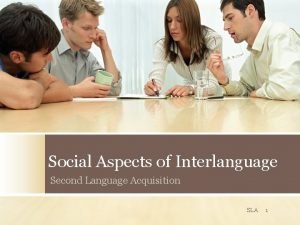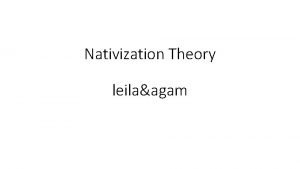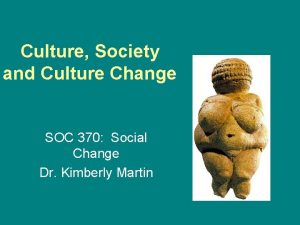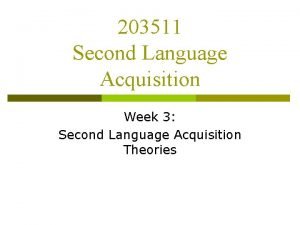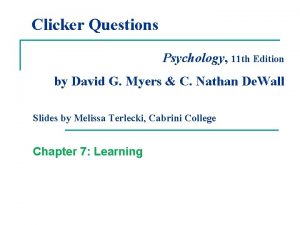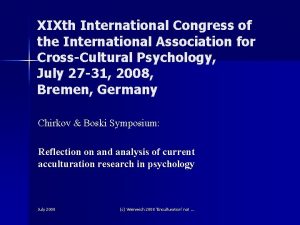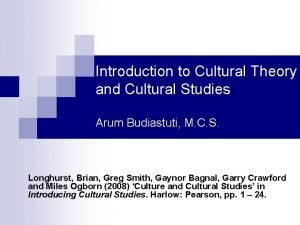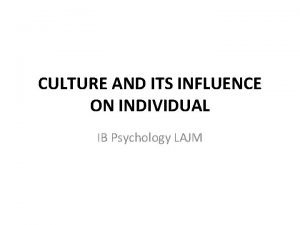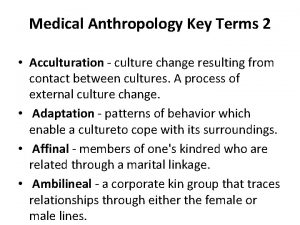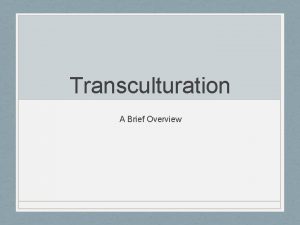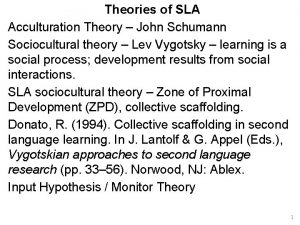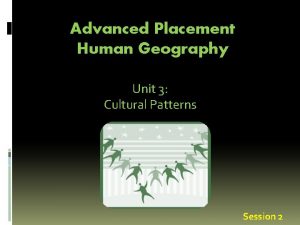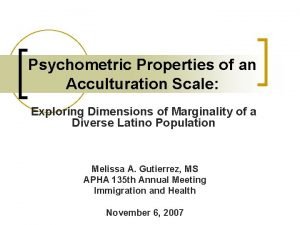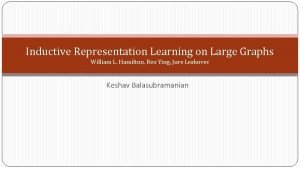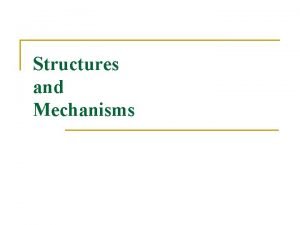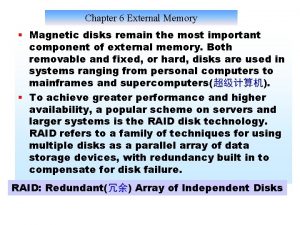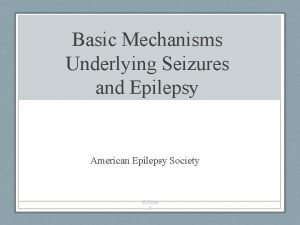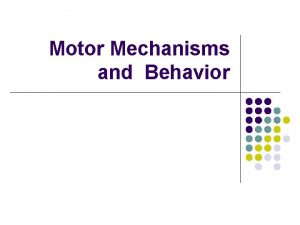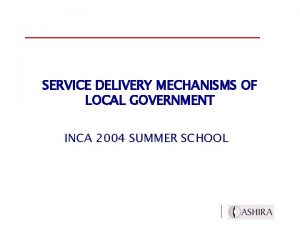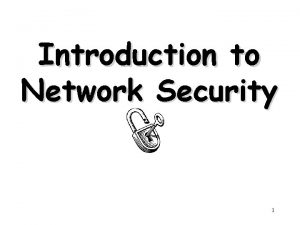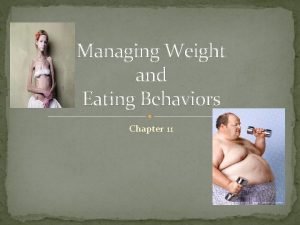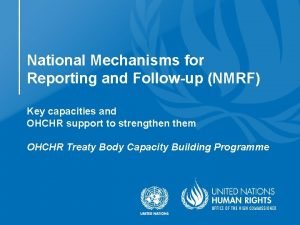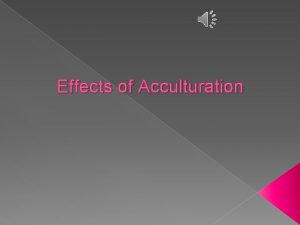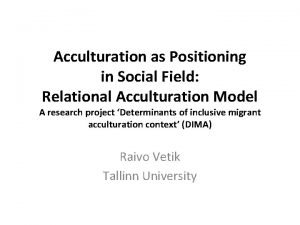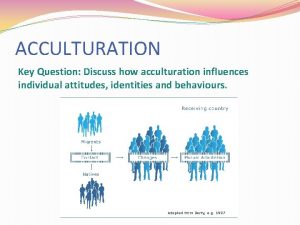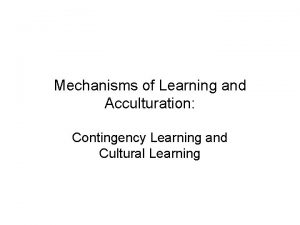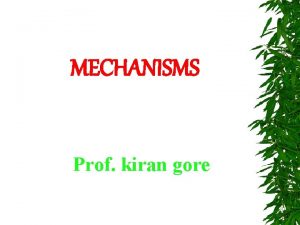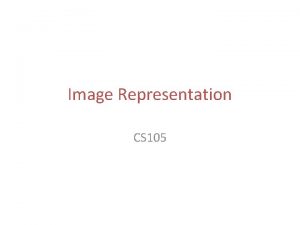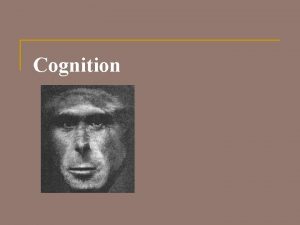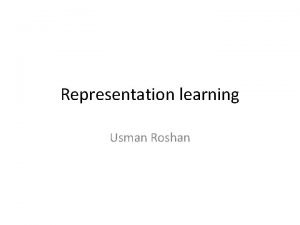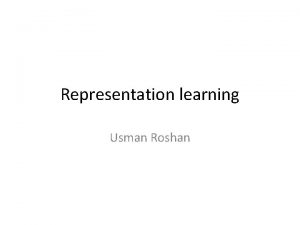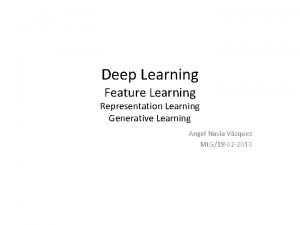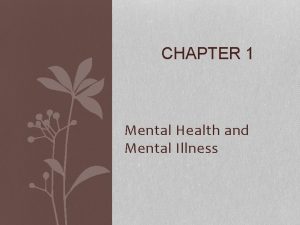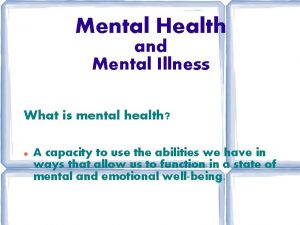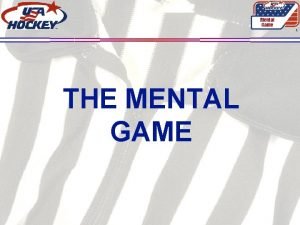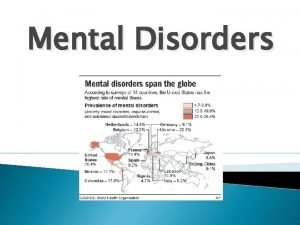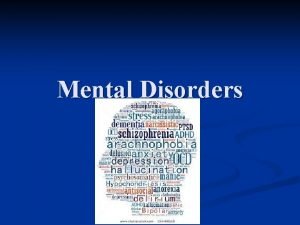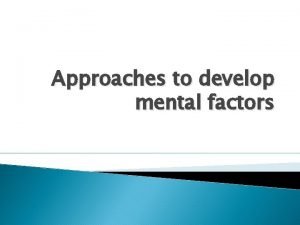Mechanisms of Learning and Acculturation Mental Representation in




































- Slides: 36

Mechanisms of Learning and Acculturation: Mental Representation in Social Development

Social Development • Cognitive and language development: When and how do children master skills? • Social development: Many possible outcomes. What are the routes to these outcomes? • Why do children (even with seemingly similar experience) turn out to be different?

Traditional Social Development • Seeks to understand the impact of experience on children’s outcomes • Without examining mental representations or cognitive mechanisms

Example of Typical Social Developmental Approach Trajectories of Physical Aggression From Toddlerhood to Middle Childhood NICHD Early Child Care Research Network

Trajectories, cont’d • 1, 195 children • Followed from birth to 3 rd grade • Measures of maternal, child, and family characteristics • Measures of child-care quality • DV: Emergence of aggression over time



23 more tables…

Conclusions • Linear relationship between sociodemographic and family risk variables and children’s aggression trajectories. Those with lower family incomes, lower maternal education, more maternal depression, etc. had high aggression trajectories. • Boys were more likely than girls to be on higheraggression trajectories. • So what?

Authors’ Own Lament • Results reported in an earlier paper from the same study using different data analyses: More hours in child care, more aggression

Authors’ Own Lament • Results reported in an earlier paper from the same study using different data analyses: More hours in child care, more aggression • In these new analyses, did not find a relation between # of hours in child care and aggressive behavior. *Children in the highest aggression trajectory were not in more child care than others *In some analyses, more hours in care--> lower aggr. • My view: This is not OK.

Traditional Social Development • Seeks to understand the impact of antecedents on child outcomes • Without examining mental representations or cognitive mechanisms • Limitations?

Traditional Social Development Limitations Little attention to mechanism-> • Obvious or erroneous conclusions • Leads people to question imp. of experience (e. g. , Judith Harris) • Links to other areas (cog dev, soc psych)

Social-Cognitive Development Brings together interest in: • Environment-outcome relations • Cognitive mechanisms, representations By doing so, gives unique insight into: • More on-line processes • Socialization and interventions

Attributions • Explanations, Interpretations of Events Attributions for others’ behavior Attributions for own events or outcomes

Dodge & Frame, 1982 Attributions in Aggressive Children • Rejected, aggressive boys (K-5 th) identified a) Sociometric nominations (like most/least) b) Name students who fit aggr. descrip. c) T rating of aggressiveness Ps: Low liking + Hi aggression • Scenarios of ambiguous provocation • Hostile attributional bias Study 2: naturalistic setting

Dodge, Pettit, Bates, & Valente (1995) Physical Abuse and Conduct Problems • 584 kindergarten children followed through grade 4 • 12% classified as abused • Measures of “processing variables” for children 24 filmed vignettes

Dodge, Pettit, Bates, & Valente (1995) Physical Abuse and Conduct Problems Processing Variables • Interpretations/Attributions: Do they encode intention? Biased or accurate? • Accessing of responses: What reactions are considered? • Evaluation of responses: Is aggr. seen as positive? D. V. : Teachers ratings of conduct problems

Dodge, et al. , cont. Results • Abused group scored substantially higher in conduct problems: 28% had clinically deviant conduct problems vs. 6% of controls--even when controlling for SES, family stressors, difficult temperament, preschool conduct, etc. • Abuse predicted later processing patterns. • Did processing variables mediate aggression? Yes, partially. Reduced the direct effect of abuse on conduct problems by 33%.

Hudley & Graham, 1993 Changing the Representation Aggressive, rejected boys identified: peer ratings, teacher ratings Dodge & Frame measure of hostile attributions Three groups: 1) Attribution retraining (AR) 2) Training on non-social problem-solving skills 3) No treatment

Hudley & Graham, cont. • Treatment groups met twice a week for 6 weeks • Groups contained 4 aggr. & 2 non-aggr children • Experimental group learned: 1) How to detect intention 2) To attribute non-hostile intention when ambiguous

Hudley & Graham, Results • Measure 1: Response to hypothetical peer provocation 1. Attribution of intent 2. Anger 3. Behavioral response • Result: AR group similar to non-aggressive children

Hudley & Graham, Results • Measure 2: Analog task 1 month later Child and peer communicate instructions to each other • Result: When peer (inevitably) gave poor instructions, children in AR group a) less likely to attribute hostile intent b) trend toward less anger c) less criticism and fewer insults

Hudley & Graham, Results • Measure 3: Teacher ratings of aggression • Result: AR group rated less aggressive than the two control groups

Self-Attributions and Self-Blame How Children Interpret Self-Related Events • Internal, stable attributions (i. e. , not smart, bad person) lead to helpless responses • Unstable (e. g. , effort) attributions or external (e. g. , luck) attributions can lead to more mastery-oriented responses • Is the impact of negative events mediated by self-attributions? • Negative life events--> depression • Parental violence--> depression • Sexual abuse--> depression, self-esteem

Nolen-Hoeksema, Girgus, & Seligman, 1992 Life Events, Attributions, & Depression • 508 3 rd graders assessed every 6 mos. for 5 years • Life events questionnaire • Children’s attributional style questionnaire • Children’s depression inventory • Teacher ratings of academic and social helplessness

Nolen-Hoeksema et al. , 1992 • Life events: Your parents got divorced, a grandparent died, parents fighting, you and your parents fought more, parent lost a job, other children have been less friendly • Attributional Style: You get a poor grade on a test: internal vs. external; stable vs. unstable • Helplessness Behaviors (teacher rated): when child encounters an obstacle, gives up and stops trying; withdraws and sulks when shunned by classmates.

Nolen-Hoeksema, et al. Results • Early on (3 rd & 4 th grade) Only life events predicted subsequent depression and helplessness ( although attributions correl. with contemporaneous depression/helplessness) • However, in later years: Attributions (or attributions + life events) predicted depression and helplessness. Life events alone fell out of the picture.

Feiring, Taska, & Lewis (2002) Attributions & Adjustment Following Sexual Abuse • Past literature: CSA is associated with later behavior problems, but Victims vary widely in their adjustment Weak relation between severity and adjustment • Can attributions help explain variations in outcome? • After CSA discovery and one year later, measured Attributional style: Internal, stable attribution for abuse Depression Self-Esteem

Feiring, Taska, & Lewis, cont. Results • Predicting from T 1 measures to T 2 depression and self-esteem: 1. In contrast to abuse severity, attributional style accounted for significant variation in adjustment at T 2 (controlling for Time 1) 2. Improvement in attributional style was related to improvement in depression and self-esteem

Dweck, 1975 Changing the Representation • • Helpless children identified Two groups: Attribution Retraining and Success Only 25 sessions of training Assessments at mid-training and post-training: Helpless responses to failure Teacher assessments

Dweck, cont. Results • Attribution Retraining group showed: 1. Improvement at mid-training 2. Marked improvement by post-training 3. Teacher reports of initiative and persistence Whereas. .

Dweck, cont. Results • Attribution Retraining group showed: 1. Improvement at mid-training 2. Marked improvement by post-training 3. Teacher reports of initiative and persistence • Success Only had no positive effect on reactions to failure or teacher assessments

Conclusions • Experiences leave their residue in mental representations • Effects of experience, to a great degree, depend on how they are represented and carried forward to new situations • Unique implications for socialization and intervention

Social-Cognitive Development • (1) Identify and measure a mental representation or cognitive process and observe its relation to outcomes of interest • (2) Manipulate the mental representation and observe its impact on outcomes of interest • (3) Investigate the relationship between the mental representation of interest and antecedents of that variable • (4) Compare how the mental representation operates in the laboratory and in the real world.

Next Time • Read carefully: Tomasello, Meltzoff • Foundations of early social knowledge, learning • Appreciation and critique of each • Can you use Meltzoff’s “Like Me” hypothesis to account for Tomasello’s findings?
 Acculturation enculturation
Acculturation enculturation Acculturation model and accommodation theory of sla
Acculturation model and accommodation theory of sla What is nativisation
What is nativisation Enculturation vs acculturation
Enculturation vs acculturation Language
Language Cultural diversity pros and cons
Cultural diversity pros and cons Mental representation of one's layout is called
Mental representation of one's layout is called Chapter 20 mental health and mental illness
Chapter 20 mental health and mental illness Enculturation vs acculturation
Enculturation vs acculturation Dietary acculturation
Dietary acculturation What is acculturation in sociology
What is acculturation in sociology Acculturation geography definition
Acculturation geography definition Acculturation studies ib psychology
Acculturation studies ib psychology Acculturation anthropology
Acculturation anthropology Describe the concept of transculturation
Describe the concept of transculturation Theories of acculturation
Theories of acculturation Ethnic studies vocabulary
Ethnic studies vocabulary Cultural relativism ap human geography
Cultural relativism ap human geography What is acculturation
What is acculturation Cuadro comparativo de e-learning
Cuadro comparativo de e-learning Mental health jeopardy questions
Mental health jeopardy questions Inductive representation learning on large graphs.
Inductive representation learning on large graphs. Virtualization ppt
Virtualization ppt Structures and mechanisms
Structures and mechanisms Magnetic disk read and write mechanism
Magnetic disk read and write mechanism Basic mechanisms underlying seizures and epilepsy
Basic mechanisms underlying seizures and epilepsy Motor vs sensory
Motor vs sensory Security services and mechanisms in cryptography
Security services and mechanisms in cryptography Internal service delivery mechanisms
Internal service delivery mechanisms Security attacks services and mechanisms
Security attacks services and mechanisms Chapter 11 health vocabulary
Chapter 11 health vocabulary National mechanism for reporting and follow-up
National mechanism for reporting and follow-up Specific objectives of mental health
Specific objectives of mental health Inductive vs analytical learning
Inductive vs analytical learning Analytical learning in machine learning
Analytical learning in machine learning Lazy learners vs eager learner
Lazy learners vs eager learner Tony wagner's seven survival skills
Tony wagner's seven survival skills

